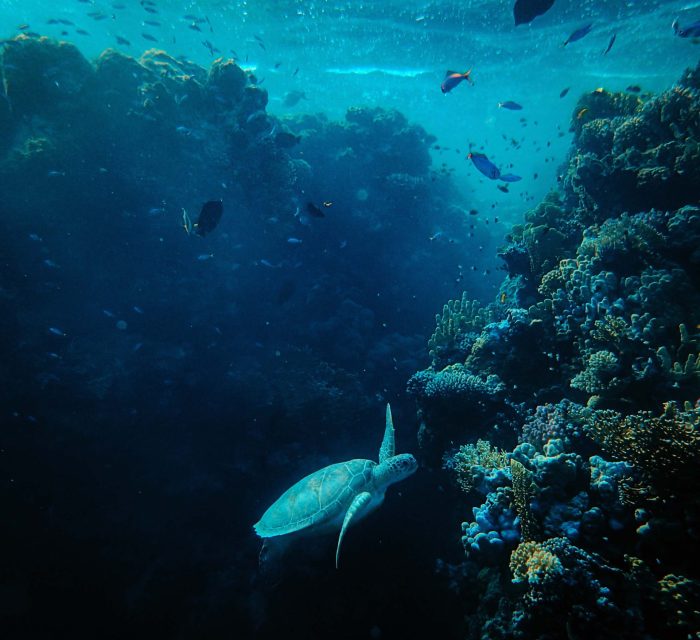
It is just as crucial to protect all life below sea-level as it is above it. Oceana Canada partnered with Fisheries and Oceans Canada in July 2018 and is celebrating their commitment to publish draft regulations to protect a 133,019 square-kilometres (km2) area off the west coast of Vancouver Island. This area is home of hydrothermal vents and 93 per cent of Canada’s known underwater mountains referred to as ‘seamounts’. The announcement was made on February 7 at IMPAC5, a global forum on marine habitat protection, hosted in and around Vancouver, B.C.
After years of hard work by Indigenous Peoples, stakeholders, government agencies and conservation groups, these proposed regulations are set to protect an area four times the size of Vancouver Island, making it the newest and second largest marine protected area (MPA) in Canada. A memorandum of understanding (agreement) has been reached between Canada and the Nuu-chah-nulth Tribal Council, the Council of the Haida Nation, Pacheedaht First Nation, and Quatsino First Nation to cooperatively manage the proposed new MPA.
The MPA, named Tang. ?wan · ?a?x?iqak · Tsig?is by Haida, Nuu-chah-nulth and Quatsino First Nations, contributes to Canada’s international commitments to protect 25 per cent of its marine and coastal areas by the year 2025. Once draft regulations are made public, there will be a 30-day public commentary period, after which Fisheries and Oceans Canada will make its final decision on the designation of these seamounts as an MPA. Oceana Canada will continue to advocate for the formal creation of the MPA and the implementation of co-management with First Nations in the region: the Council of the Haida Nation, the Nuu-chah-nulth Tribal Council, the Pacheedaht and Quatsino First Nations.
Oceana Canada, an independent charity that was established in 2015, is dedicated to ocean conservation. It has made several impacts including a successful campaign to end the shark fin trade, improving the way fisheries are managed, and making rebuilding depleted fish populations law, something residents of the Columbia Valley who have seen depletions in salmon over the decades can relate to.
Oceana Canada, the Haida Nation, and Ocean Networks Canada will explore the seamounts and identify marine species. Through this deep-sea exploration, the research revealed the existence of centuries-old forests of red tree corals and glass sponges that provide habitat for numerous animals, including sea lilies, basket stars, octopuses, prowfish and many long-lived rockfish. Above the seamounts, the upwelling of deep nutrient-rich water fuels the growth in planktonic life that attracts larger species such as tuna, sharks and whales such as humpbacks, as well as seabirds including tufted puffins. “The stunning diversity and abundance of life on the seamounts leave no room for hesitation about protecting them,” said Dr. Robert Rangeley, science director, Oceana Canada, in a February press release. “The fragile nature of the seamounts and their importance to marine life mean that we just can’t allow any activities that may threaten them, like dragging fishing gear or deep-sea mining. This is a critical step toward protecting this extremely important marine ecosystem.”